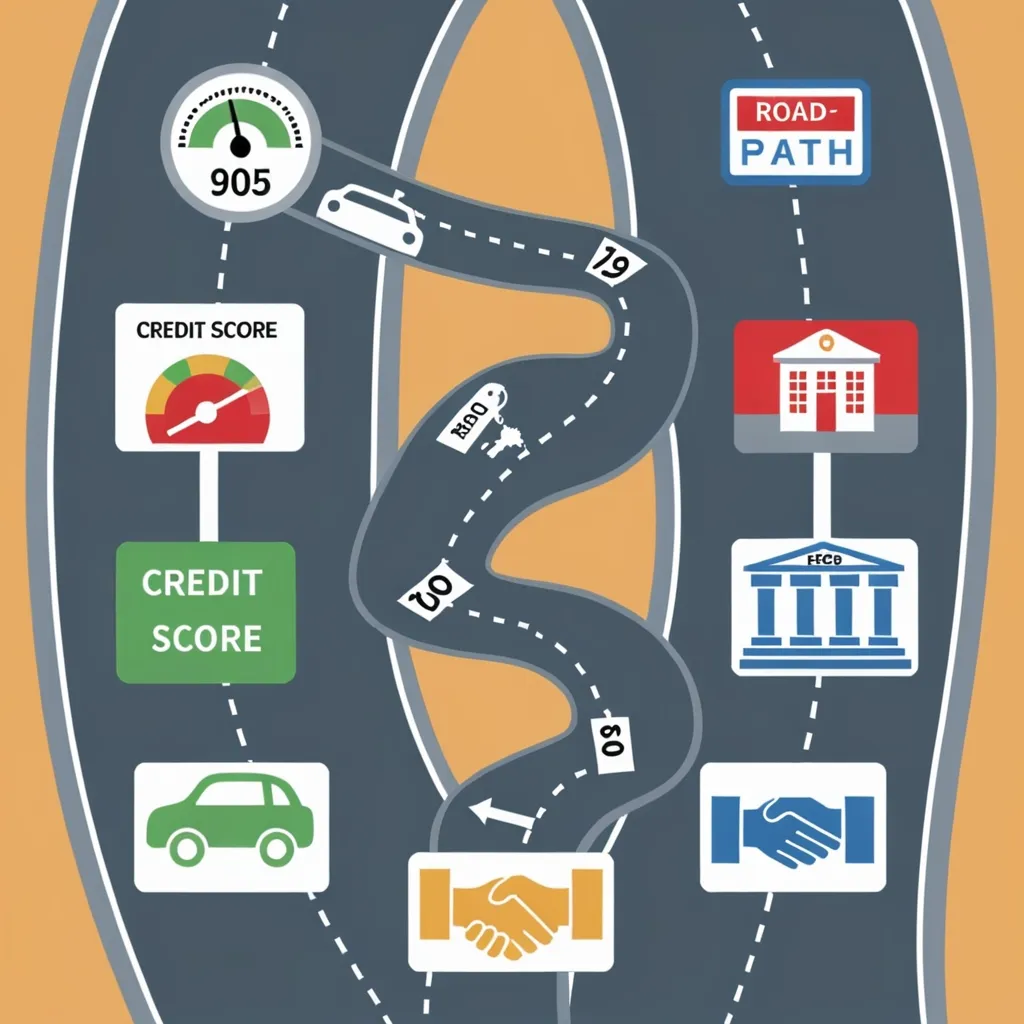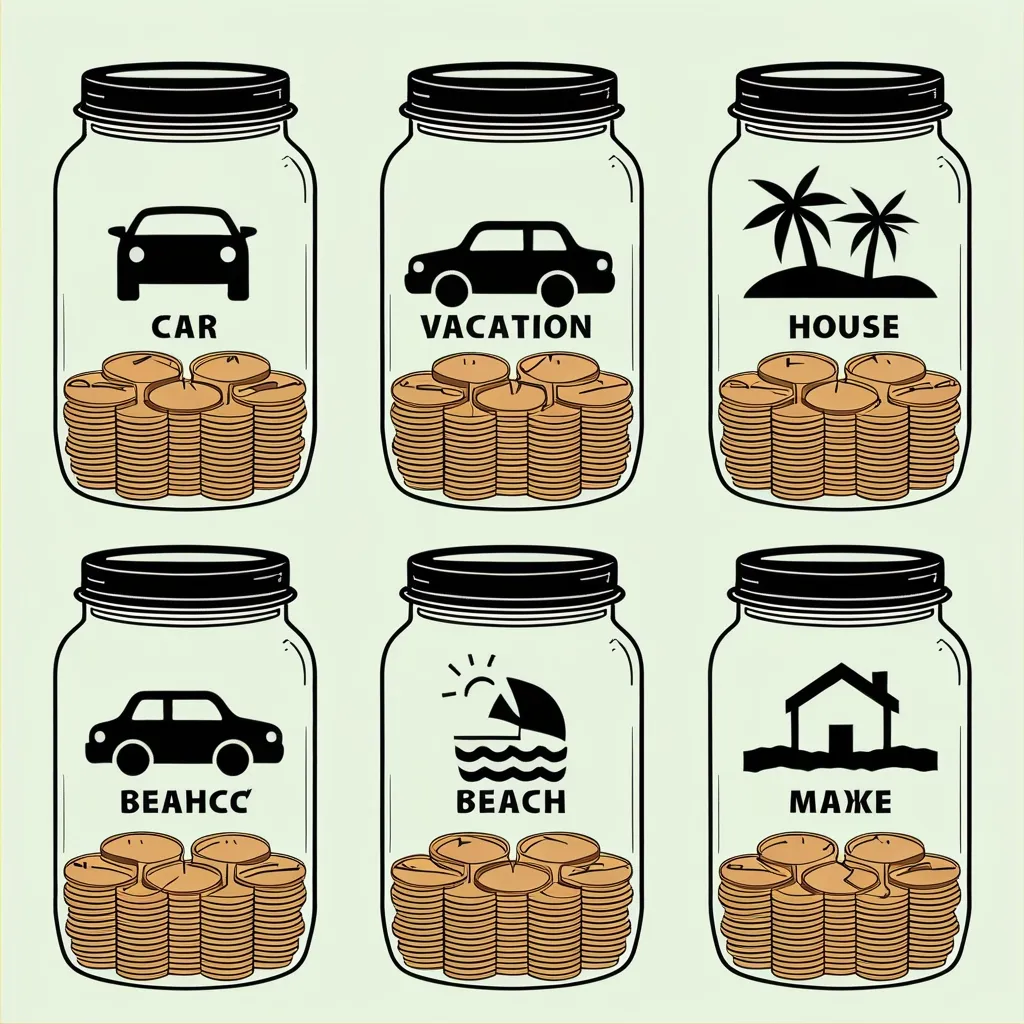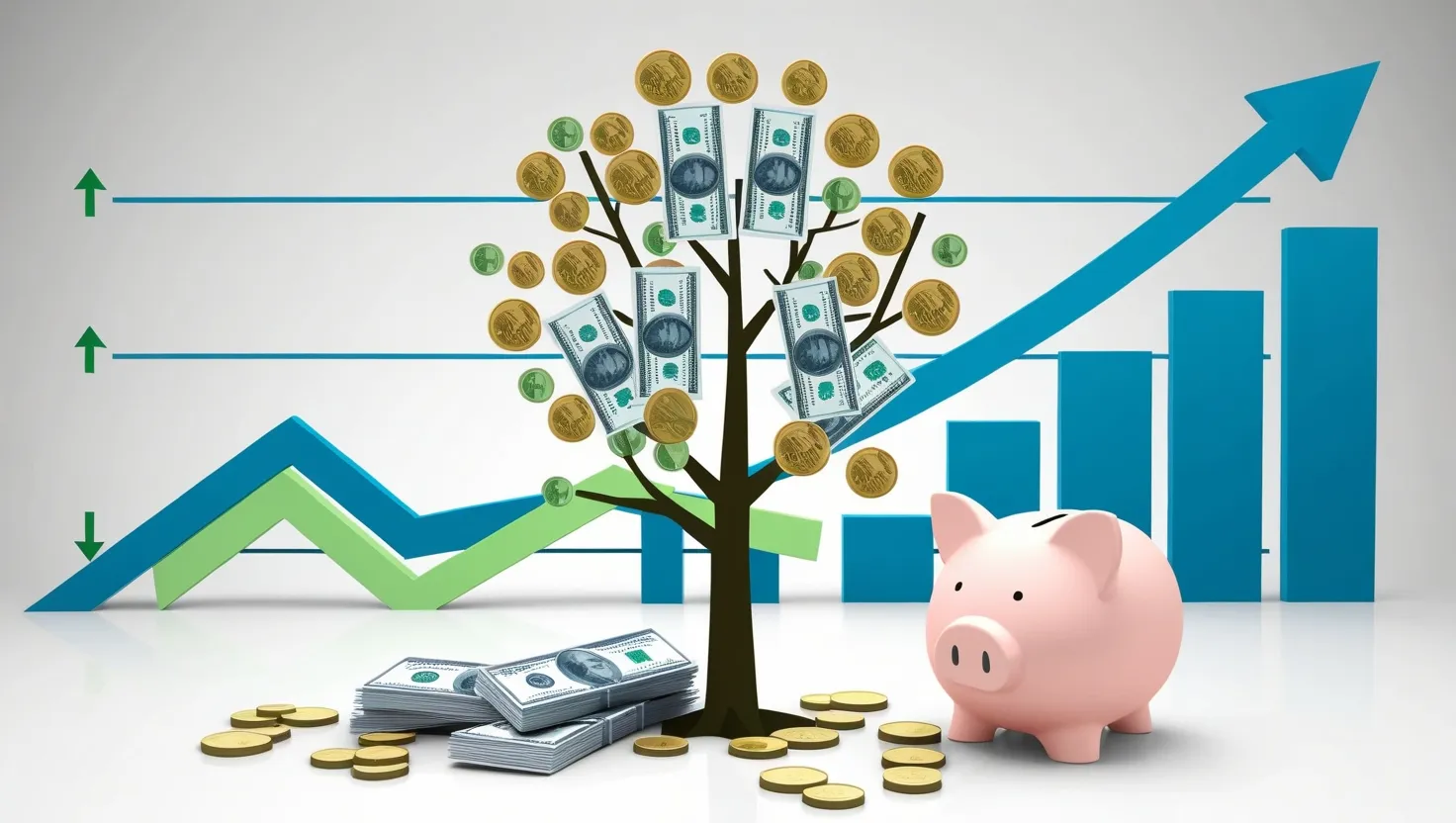Financing a new car can be a bit like preparing for a road trip – you need to map out your route and consider all the options to get where you want to go without any unexpected detours. Different financing choices come with their own perks and pitfalls. So, here’s the lowdown on how to navigate this journey and land the best deal that suits your wallet.
First things first, you need to know your credit score. This little number is like your financial report card and it will heavily influence the interest rates you get on a car loan. Higher scores generally mean lower interest rates, making your car payments more manageable. On the flip side, a lower credit score could result in higher rates, which means more money out of your pocket over the life of the loan. Checking your credit score before you even start dreaming of that new car is key because it helps you understand what kind of loan terms might come your way and how to budget for it.
Another smart move is getting pre-approved for a car loan before you head out to the dealership. Pre-approval means you apply for a loan directly through a bank, credit union, or any lender. It’s like getting a head start. You’ll know how much you can borrow and at what interest rate. This information is golden because it lets you shop with a clear budget in mind, and it also gives you some serious bargaining power. When you know your numbers, you can compare the dealer’s financing offers to your pre-approved terms and pick the better deal.
When it comes to actually getting the loan, you have two main routes: direct lending through a bank or credit union, and financing arranged by the dealership. With direct lending, you’re cutting out the middleman (the dealership) and dealing directly with the bank or credit union. This can sometimes score you better interest rates since there’s no middleman to compensate. Dealership financing might be more convenient because they handle all the paperwork and might offer competitive rates. It’s really about weighing convenience versus possibly better rates.
Credit unions are often the unsung heroes in the car loan world. These member-owned institutions often provide lower interest rates, especially for folks with less-than-perfect credit. Since they’re non-profit, they don’t have stockholders to pay, so they can pass on the savings to you in the form of lower rates. Plus, you might find the experience a bit more personalized than dealing with a traditional bank.
Negotiating the price of the car itself is a game you need to play well. Ignore the shiny lure of low monthly payments. Instead, focus on the total price of the car. Sometimes, dealers try to make the deal look sweeter by lowering the monthly payments but end up stretching the loan term, which means you pay more in interest over time. Always get the “out-the-door” price in writing – this includes taxes and all other fees, making sure you’re comparing apples to apples.
Watch out for additional fees that dealerships love to tack on. Things like extended warranties, maintenance plans, and gap insurance can significantly bump up the cost of your loan. These products can be beneficial, but only if you need them. Think carefully and negotiate their inclusion separately. If you can afford it, pay for these add-ons in cash instead of rolling them into your car loan.
Consider making a decent down payment. Putting down at least 20% of the car’s total price can seriously reduce the amount you need to finance. This means lower monthly payments and less interest over the life of the loan. Plus, it may even help you get a better interest rate from the lender since it shows you’re committed and capable of saving.
The length of your loan term is another crucial factor. Sure, longer terms can reduce your monthly payments, making the car seem more affordable. But beware! Longer terms usually lead to paying more in interest over the life of the loan. It’s often wiser to opt for a shorter loan term if you can swing the higher monthly payments. You’ll save a bunch on interest and avoid the risk of owing more on the car than it’s worth as it depreciates.
Buying used cars can be a smart alternative. They generally cost less than new cars, meaning smaller loan amounts. And plenty of used cars come with modern features and decent mileage, making them a solid option for budget-conscious buyers.
Sometimes, traditional auto loans might not suit your situation. Paying cash upfront is the cheapest way to go, but it’s not always possible. Another option is taking out a personal loan, though these often come with higher interest rates than auto loans. Some dealerships accept credit cards for car purchases, but this can be a risky move because of the high interest rates typically associated with credit card balances.
Some final tips to keep in mind: keep your financing terms to yourself until the end of the deal. Revealing your financing too early might give the dealer a chance to mark up the price. Be cautious with dealer add-ons because while some, like extended warranties, can be beneficial, they often come at a high cost. Always evaluate if you really need them. And finally, consider your overall budget. Your car payment is just one part of your financial puzzle, so make sure you can comfortably cover all your monthly expenses.
Navigating the car financing process doesn’t have to be a headache. With a bit of preparation and smart decision-making, you can secure a great deal on your new ride. Whether you go through a bank, credit union, or dealership, being informed and ready will save you money and stress in the long run. So, buckle up and get ready to hit the road in your new car, knowing you’ve made the best financial choice for your situation.






